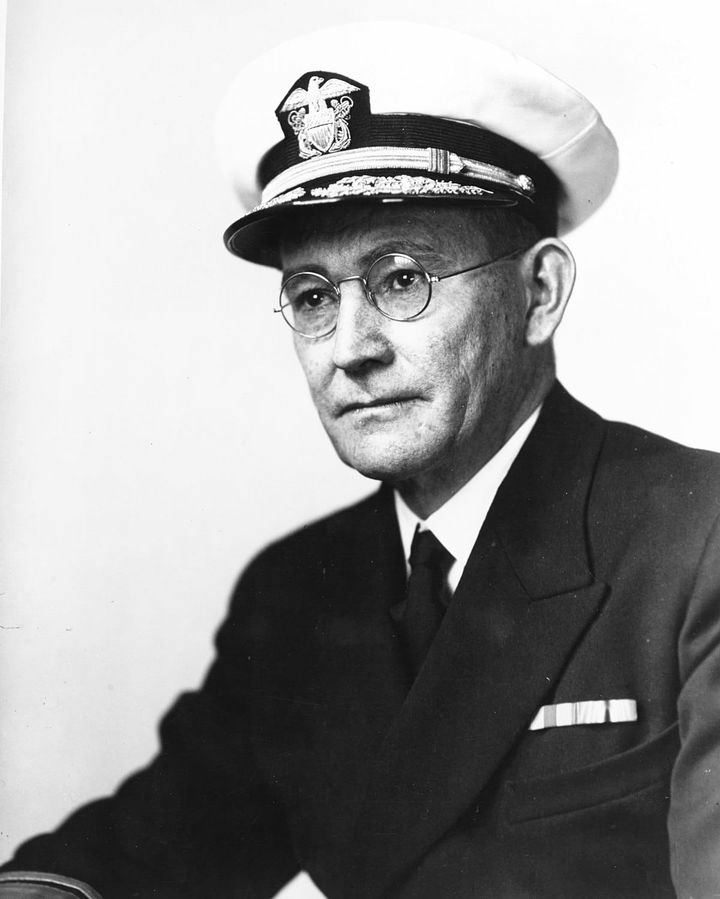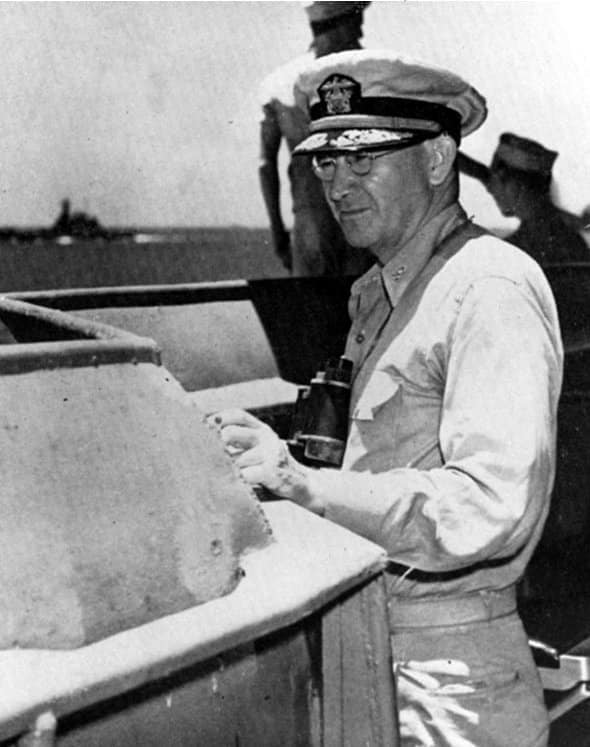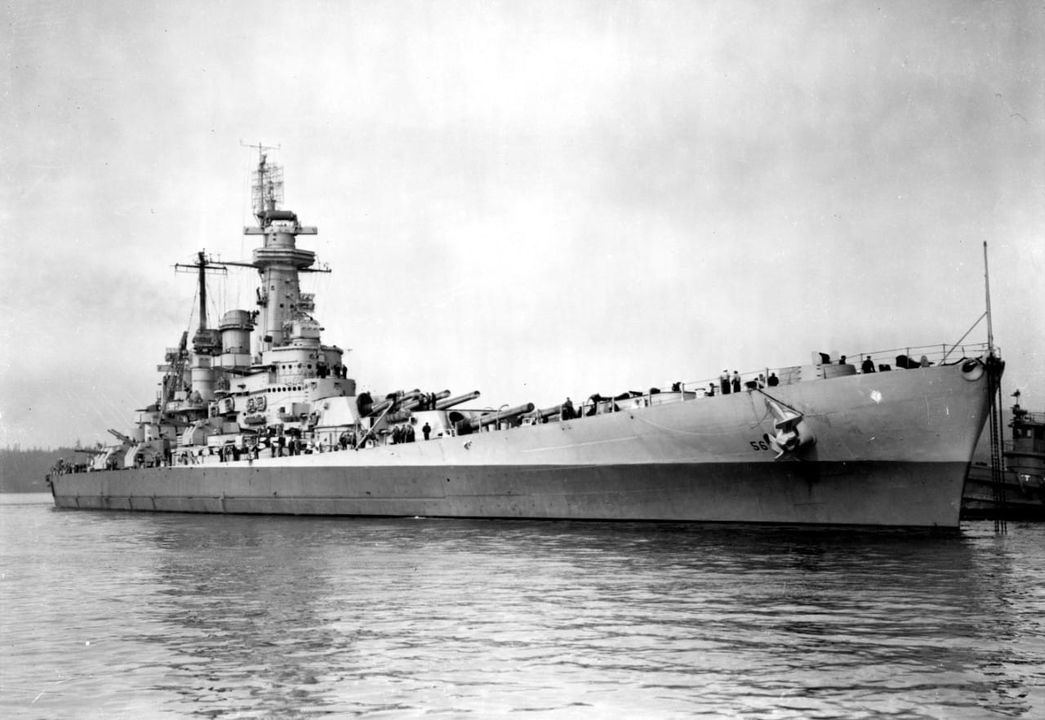Meet Admiral Willis Augustus “Ching” Lee Jr: The Unsung Hero of the U.S. Navy During WW2

Born in Kentucky on May 11, 1888, Willis Augustus “Ching” Lee Jr. was a very interesting child growing up. He loved shooting, loved to make homemade bombs using gun powder, and would be hired by locals as an “exterminator” for hunting rats. Unfortunately, while indulging in his hobby of making bombs, he suffered burns to both his face and eyes and, as a result, was forced to wear glasses for the rest of his life.
The Formative Years of a Young Genius
Willis Lee was known for being a bit of a smart aleck and had developed a reputation as a troublemaker while in school. At one point, he tricked one of his teachers into taking a pouch of “Chewing Tobacco” and throwing it into the school furnace, only to discover that it was actually a bag of gunpowder with predictable results. When confronted, Lee turned it back on the teacher, pointing out that the teacher never asked him what was in the bag in the first place.

Obviously, Lee was a smart kid, and with the help of his father, he entered the United States Naval Academy in 1904 and was one of the top students there. But he soon got bored with the studies and decided to join the academy’s rifle team, where he soon earned a reputation as one of the best shooters on the team, even though he wore glasses. It was also during this time that he earned the nickname “Ching,” partly because of his thick glasses and his last name being “Lee,” but mainly because he was a huge Asian history nerd and would often sign in Chinese writing. Basically, he was a “Weeb.”
Olympic Glory and Naval Innovations
Like stated before, he was one of the best shooters the academy had and would even represent the U.S. at the 1920 Summer Olympics in Antwerp, where he won seven medals in shooting, five of which were gold. It was not long before he began to use what he learned from shooting while serving on numerous naval vessels. He would treat the main guns of any warship under his command like they were normal hunting rifles, placing a focus on accuracy and personally training gun crews, once saying, “Focus on acquiring accuracy before you try to acquire speed.”
He would even write a paper stating how battleships needed to take into consideration the curvature of the Earth when gathering targeting data. He even developed the calculations for the gun crews to do so and almost immediately, the accuracy on ships that used these calculations went up.
Preparing for War and Overcoming Obstacles
But his biggest contribution would come in the years leading to the start of WW2. By this point, he had developed a reputation as a problem solver and was soon reassigned to Washington D.C. to prepare the Navy for war. While there, he had to deal with the Ordnance Department, which, to give you an idea of just how effective they were, was the reason the U.S. Navy was forced to use the old Mark 14 Torpedo because they thought it was the submarine commanders’ fault they were not sinking ships. Needless to say, Lee was the perfect person to deal with them, as he had a no-nonsense approach and didn’t have time to deal with the red tape.

He is the reason the U.S. Navy was able to equip their ships with radar after threatening to buy them from the U.K. when the Ordnance Department claimed there were not enough being produced to place in all ships. He made sure that American submarines were equipped with a new EVAP system, which produced fresh water for the crews, even though the Ordnance Department wanted to run more tests on them. He is even the reason why the Navy placed a focus on building more aircraft carriers rather than big gun cruisers and battleships, as he could see just how important they would become during the Pacific War. He also ensured all American warships had enough anti-aircraft guns by going behind the department’s back and altering some documents. Yep, he was getting stuff done.
But this is not the end of the story, so stay on the lookout for Part 2. Trust me, you don’t want to miss that. ~NC










